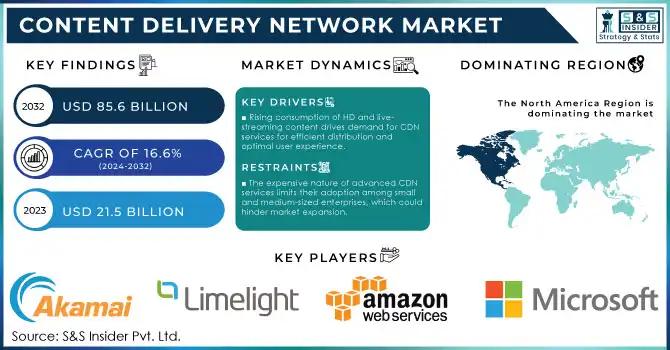
The In-Store Analytics Market Size was valued at USD 3.8 billion in 2023 and is expected to reach USD 25.9 billion by 2032, growing at a CAGR of 23.8% over the forecast period of 2024-2032.
The In-Store Analytics Market is rapidly transforming how physical retail spaces operate, enabling businesses to bridge the gap between traditional brick-and-mortar and the data-rich online world. By leveraging sophisticated technologies to gather and analyze customer behavior and operational data within stores, retailers are gaining unprecedented insights. This allows them to optimize everything from store layout and product placement to staffing and personalized customer interactions, ultimately enhancing the shopping experience and driving sales in an increasingly competitive landscape.
In-Store Analytics Market: Driving Smarter Retail Decisions
The In-Store Analytics Market is experiencing significant growth as retailers recognize the critical need for data-driven strategies to thrive in the modern retail environment. This market focuses on providing actionable intelligence derived from real-time in-store data, helping retailers understand customer journeys, preferences, and pain points. The insights gained from in-store analytics are vital for creating a more efficient, engaging, and personalized shopping experience, directly impacting customer satisfaction and revenue generation.
Get Sample Copy of This Report: https://www.snsinsider.com/sample-request/2622
Market Keyplayers:
RetailNext Inc.
Microsoft Corporation
Oracle Corporation
SAP SE
IBM Corporation
Happiest Minds Technologies
Capillary Technologies
Scanalytics Inc.
Thinkin
Stratacache
Market Summary:
The in-store analytics market is experiencing robust growth, fueled by the increasing adoption of data-driven solutions in retail. It encompasses various technologies and solutions designed to collect, process, and analyze data from physical stores, providing insights into customer behavior, operational efficiency, and overall store performance. The market's expansion is driven by retailers' growing emphasis on enhancing customer experience, optimizing inventory, and integrating online and offline retail channels.
Market Trends:
Integration of AI and Machine Learning: Advanced AI and ML algorithms are increasingly being used to process vast amounts of in-store data, enabling predictive analytics, personalized recommendations, and automated insights into customer behavior.
Rise of Omnichannel Retailing: Retailers are integrating in-store analytics with online data to create a seamless, unified customer experience across all touchpoints, providing a holistic view of shopper behavior.
Focus on Real-time Data and Actionable Insights: The demand for immediate, actionable data to make swift decisions regarding inventory, promotions, and staffing is a key driver, allowing retailers to respond dynamically to changing consumer behaviors.
Increased Adoption of Cloud-Based Solutions: Cloud-based in-store analytics offer scalability, cost-effectiveness, and flexibility, making them increasingly attractive to retailers of all sizes.
Forecast Outlook:
The in-store analytics market is poised for continued substantial growth in the coming years. This surge will be driven by the accelerating digitalization of retail, ongoing advancements in AI, IoT, and data processing capabilities, and the persistent need for brick-and-mortar stores to differentiate themselves and compete effectively with e-commerce. Retailers will increasingly invest in these solutions to gain a competitive edge through deeper customer understanding, optimized operations, and truly personalized shopping experiences, leading to higher customer loyalty and increased profitability.
Recent Developments:
Recent developments highlight a strong push towards more sophisticated and integrated in-store analytics solutions. This includes the introduction of near-real-time data analytics platforms by major e-commerce players to provide immediate access to sales, traffic, and inventory metrics. There's also a growing emphasis on leveraging existing infrastructure like Wi-Fi networks and security cameras for data collection, making solutions more accessible to a wider range of retailers. Furthermore, advancements in AI and machine learning are enabling more granular insights into customer journeys and dynamic pricing strategies within physical stores.
Access Complete Report: https://www.snsinsider.com/reports/in-store-analytics-market-2622
Conclusion:
The In-Store Analytics Market is not just a trend; it's the future of retail. By empowering physical stores with the same data-driven intelligence that revolutionized online commerce, it allows retailers to unlock unparalleled potential. Embrace in-store analytics to transform your physical space into an intelligent, customer-centric hub that delights shoppers and drives unprecedented growth in today's dynamic retail world.
Related Reports:
U.S. Geospatial Analytics Market Poised for Significant Growth Driven by AI and Urban Development
U.S. Trade Management Software Market Trends and Growth Opportunities
About Us:
SNS Insider is one of the leading market research and consulting agencies that dominates the market research industry globally. Our company's aim is to give clients the knowledge they require in order to function in changing circumstances. In order to give you current, accurate market data, consumer insights, and opinions so that you can make decisions with confidence, we employ a variety of techniques, including surveys, video talks, and focus groups around the world.
Contact Us:
Jagney Dave - Vice President of Client Engagement
Phone: +1-315 636 4242 (US) | +44- 20 3290 5010 (UK)




















Write a comment ...